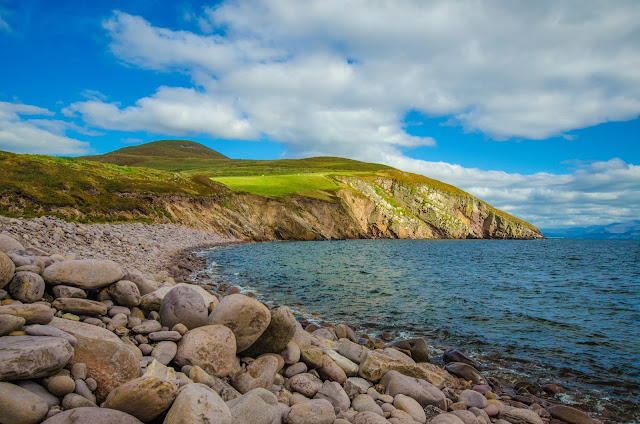 |
| Plonlein (Little Square) is perhaps the most photographed scene in Rothenburg |
The town founded in 1170 has a storybook look and feel and was a great place for us to celebrate. It is considered an idyllic example of a German Medieval community and has been the inspiration for, and featured in, many familiar stories and films. Among a long list it was the basis for the village in Walt Disney's Pinocchio, used for the filming of Chitty Chitty Bang Bang, was also used in the filming of Harry Potter and the Deathly Hallows. Some damage did occur as a result of bombing during World War II however a special arrangement was made to surrender the town to the American forces without defence so that it would not be destroyed. As a result, today it looks very much the way it did so long ago.
Rothenburg has hosted a traditional Christmas Market for over 300 years. It's easy to imagine how beautiful this town would be decked out with Christmas decorations and it's no wonder it's a top destination for tourists hoping to enjoy a quintessential Christmas experience. It's October, though, and instead of snow and twinkling lights, Mother Nature provided her own spectacular experience in the form of a clear, crisp day and beautiful fall colors.
 |
| Rathaus, town hall |
 |
| Marktplatz (Market Square) with the Ratstrinkstube (Chancillor's Tavern) on the right. |
 |
| Fleisch-und Tanzhaus (the Meat and Dance House): the large half-timbered structure served as a meat market by day and a dance hall by night. |
 |
| This really neat old truck is parked in front of the Christmas Museum and one of the largest Christmas Shops we have ever seen. Here it is Christmas all year round. Of course we shopped here! |
Markustrum (Marcus Tower)
One of the eye catching tower gates is Markustrum ( Marcus Tower) and includes the Roderbogen (Roder Arch). These gates form a part of an inner fortification well inside of the town wall system. The connecting town houses decked out in flower boxes together with the arch and clock tower make for a beautiful sight.
Below is the town hall bell tower. Scott is the one on the right with a camera in his hands. The views of the town from up here are really special. You can follow the town wall all the way around and note each of the towers and gates. There is no doubt here about the abundance of red roofs leading to the name of the town.

We enjoyed a really wonderful, although extremely filling, traditional German dinner here. Afterwards we decided a walk around town was in order. The lighted storefronts and softly lit buildings made for a beautiful stroll. We especially enjoyed all of the store windows.
 |
| Scott posing next to a really big beer stein! |
 |
| This bike is covered in crochet work, not painted! |
We took a long walk along the top of the city walls and ended up at these gates. This is the way in to town from the south. It is the Spitaltor or Spital Gate and it is an impressive structure built in the form of a figure eight in the 16th century. There is an inscription here that reads "Pax intrantibus, salus exeuntibus" translated as "Peace to all who enter in, good health to this who leave again". Sounds good to me! The structure has several levels where cannon would have been placed and has a series of seven gates, twisting passages, and even a draw bridge. It would not have been easy to sneak into the city from here.



























































